Astrobiology Revealed #15: Zoe Todd
On UV transmission and prebiotic chemistry on the early Earth
by Aubrey Zerkle
In this Q&A we asked Zoe Todd, Assistant Professor in the Departments of Chemistry and Astronomy at the University of Wisconsin-Madison, about her recent paper “UV Transmission in Prebiotic Environments on Early Earth.” Zoe discusses her career path as “one big happy accident”, the challenges of studying prebiotic chemistry in the lab, and why UV light is a double-edged sword for the origins of life. (This interview has been edited for length and clarity.)
You’ve had a highly interdisciplinary research path, as exemplified by the title of your PhD dissertation “From Astronomy to Chemistry.” Did you always know you wanted to study the origins of life, or how did you end up here?
I always say that my career path so far has been one big happy accident. I entered college knowing that I was interested in astronomy and biochemistry, so I figured I would double major in those two areas. At first, I thought these two fields would be entirely unrelated. But, the summer before my freshman year of college, I had a NASA-funded internship to work in a lab at my school. I wound up working on a project related to origins of life, and it was there that I was introduced to the field of astrobiology.
At first, I wasn’t entirely sure that astrobiology was the path I would go down. I toyed with the idea of pursuing research in a more strictly astronomy-related topic. When I entered grad school (in an Astronomy department), I still wasn’t sure if I would go with a more traditional astronomy topic or veer more towards astrobiology. I got started on a project the summer before beginning grad school, and the project happened to be fairly chemistry-heavy, on the topic of prebiotic chemistry. I enjoyed what I was doing and ultimately decided to follow the interdisciplinary research of astrobiology. I’m very glad I did!
In your recent paper in Astrobiology, you measured how far ultraviolet (UV) light can penetrate in solutions with various prebiotic molecules. What’s the significance of UV light for the origins of life?
As usual with origins of life, we’re not 100% sure what the role of UV light is. UV light is somewhat of a double-edged sword – while it is a powerful source of energy and can potentially drive prebiotic synthetic reactions, UV light can also damage biomolecules (this is why we wear sunscreen!).
For example, in the cyanosulfidic prebiotic scenario outlined by the Sutherland lab at the University of Cambridge (e.g., Patel et al. 2015, Xu et al. 2018), if you have cyanide, a source of sulfur, and some UV light, you can make sugars, amino acids, ribonucleotides, and lipid precursors all from a common chemistry. This reaction network is really driven by UV light, in the sense that UV photons are used to produce solvated electrons from species such as ferrocyanide, sulfite, or cyanocuprates. The solvated electrons then go on to drive the reductive homologation of cyanide, ultimately leading to these various molecules potentially useful for the origins of life.
On the other hand, UV light can degrade biomolecules and be very damaging to life. UV light can cause mutations in our DNA, primarily through the formation of pyrimidine dimers. If, for example, there are two pyrimidine bases right next to each other in a strand of DNA/RNA (e.g., UU, TT, CC), UV light can cause them to form unnatural bonds between the two bases, which can potentially induce mutations when that DNA or RNA gets copied or translated. Fortunately, our cells are pretty good at repairing these lesions, but early life could have been far more susceptible to these mutations. In addition to strands of DNA or RNA being susceptible to UV-induced damage, individual molecules can also undergo UV-driven degradation.
So to summarize, some people view UV light as potentially important for prebiotic chemistry and origins of life, while others prefer environments that are entirely shielded from UV light. I try to be fairly agnostic about it – yes, UV can help make molecules that may be important for early life, but we should understand the constraints and potential degradative reactions driven by UV light as well.
Zoe's pony, Peter
You also mentioned that UV light would have been more abundant on the surface of the early Earth – why is that, and what are the implications for early life?
The answer is two-fold: the early Sun, while fainter, output a larger fraction of its light in the UV range. Also, the atmosphere of the early Earth would have lacked some of the major UV-absorbing compounds that we have today, like O2 and O3. These molecules only would have become abundant in the atmosphere after the Great Oxygenation Event (GOE), which occurred about 2.4 to 2.0 billion years ago due to cyanobacteria inventing oxygenic photosynthesis.
So, the surface of the early Earth was likely to have had far more abundant UV radiation than on our modern Earth. This implies that early life, if present on the surface, would have had to deal with this potentially damaging irradiation environment. On the other hand, this also implies that prebiotic chemistry occurring on the surface may have had an abundant energy source available to drive chemical reactions.
But we should also keep in mind that even if the surface of the Earth was more heavily irradiated, there are also likely to be some UV-shielded environments present that could have offered refuge for UV-sensitive chemistry or early life. In our recent paper, we were investigating if waters containing potentially relevant prebiotic species are UV transparent or UV absorptive, to help answer what the UV environment would be in such waters.
You found that increasingly complex prebiotic molecules generally block more UV light – since most origins of life scenarios call on simple molecules combining to make more complex ones, could this trend have provided some advantage to fledgling life?
That’s exactly what I find most interesting and tantalizing about this! You’re entirely correct that most scenarios start from simpler molecules and build up chemical complexity. Since these simple molecules tend to be less UV-absorptive, UV photons could potentially be abundant in these waters and used for productive photochemical reactions. Then, as chemical complexity continues to increase, these molecules tend to absorb more UV light, which could potentially shield other UV-sensitive molecules present in the same environment. I would love to see further tests of these ideas to see if this pans out!
One of the points you highlighted in your article was the difference between “ideal conditions” researchers use to test origin of life scenarios in the lab versus what realistically could have happened. Could you expand on that a bit – what are the biggest limitations to experimental prebiotic chemistry, and will there ever be a way to circumvent these?
I think we should always be aware that we can never fully replicate the conditions and timescales for origins of life in the lab. In experimental prebiotic chemistry, we often use ideal conditions to test if a given reaction is even possible. Given the difficult nature of synthetic prebiotic chemistry, this is entirely valid. For researchers doing experimental prebiotic chemistry, it is much nicer to have your reaction work on the timescale of hours or days, not hundreds of thousands of years, as it may have happened on the early Earth.
So, I think a relevant question to consider is if the less ideal conditions on the early Earth might be enough for prebiotic chemistry to work over the long timescales available on planets. This is definitely a challenging question to answer experimentally, since no one wants to set up a reaction and come back 700 million years later to see if life has formed! I do think we can make progress by characterizing kinetics of prebiotic reactions at lower concentrations or less ideal conditions, and then tuning to models of prebiotic networks under various conditions to constrain these possibilities. But it is definitely a tricky problem without a clear-cut answer.
Do you have any plans for follow-up studies, or what would your dream follow-up study be if not?
We could definitely expand this work to consider a wider range of molecules, and my first instinct would be to go after the next step in complexity. But there are tons of other directions to go as well. In addition to adding more molecules to this type of catalog, future work could also look at the kinetics of degradation of these molecules due to UV light, since this would affect how long these molecules can act as potential UV shields. There are so many possible directions to go, and I’d be very happy to collaborate on these ideas!


